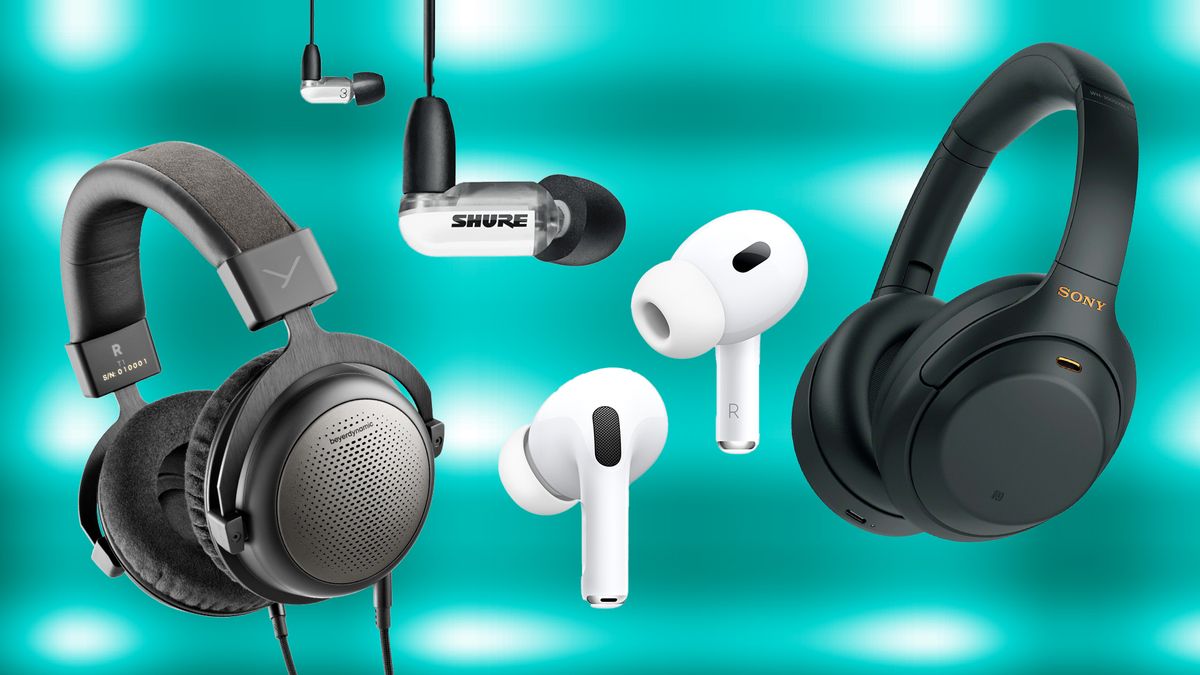Finding the perfect headphones has never been more complex—or more rewarding. With advances in wireless technology, noise cancellation, and audio processing, today’s headphones offer experiences that were unimaginable just a few years ago. Whether you’re a casual listener, audiophile, or professional, this comprehensive guide will help you navigate the crowded marketplace to find your ideal pair.
Understanding Your Listening Needs

Before diving into specifications and brands, honestly assess how you’ll use your headphones. The best headphones for a daily commuter differ vastly from those needed by a mixing engineer or fitness enthusiast.
Commuters and travelers prioritize noise cancellation, comfort during extended wear, and reliable wireless connectivity. Audiophiles and music professionals focus on sound accuracy, wide frequency response, and often prefer wired connections for maximum fidelity. Fitness enthusiasts need sweat resistance, secure fit, and durability above all else. Gamers require low latency, clear microphones, and immersive soundstages for competitive advantage.
Consider your primary listening environment too. Open offices demand excellent noise isolation, while home listeners might prefer open-back designs that provide natural soundstage but leak audio.
Headphone Types: Form Follows Function
Over-ear headphones deliver the best overall sound quality and comfort for extended listening sessions. Their large drivers and ear-encompassing design provide excellent bass response and soundstage, making them ideal for critical listening and professional work. However, they’re the bulkiest option and can cause overheating during long sessions.
On-ear headphones strike a balance between portability and sound quality. They’re lighter than over-ear models while still offering good audio performance, though they may become uncomfortable during extended wear and provide less noise isolation.
In-ear monitors (IEMs) excel in portability and noise isolation. High-end models can rival over-ear headphones in sound quality while fitting in your pocket. They’re perfect for commuting and exercise, though comfort varies significantly between individuals, and you’ll need to find the right ear tip fit.
Earbuds prioritize ultimate convenience and have improved dramatically in recent years. Premium models now offer surprisingly good sound quality and features like active noise cancellation, though they still can’t match larger headphones for overall audio performance.
Wired vs. Wireless: The Great Divide
:max_bytes(150000):strip_icc()/AirPodsMax3-48c0314ea9a04bd4afa57e06a6cd8015.png)
Wired headphones remain the gold standard for audio quality. They eliminate compression artifacts, avoid latency issues, and never need charging. For critical listening, mixing, or situations where audio quality trumps convenience, wired connections are still superior.
Wireless headphones have reached impressive quality levels while offering unmatched convenience. Modern Bluetooth codecs like aptX HD, LDAC, and AAC provide near-lossless audio transmission. The freedom from cables makes them ideal for commuting, exercise, and casual listening. Battery life typically ranges from 20-40 hours with case charging for earbuds, or 20-50 hours for over-ear models.
Consider hybrid models that offer both wired and wireless connectivity—they provide flexibility and ensure you’re never without music when the battery dies.
Key Technologies Reshaping Audio
Active Noise Cancellation (ANC) uses microphones and processing to counter ambient noise. It’s most effective against consistent, low-frequency sounds like airplane engines or air conditioning. Modern ANC systems are sophisticated enough to adapt to your environment automatically, though they can introduce a slight audio coloration and require battery power.
Transparency modes let you hear your surroundings without removing your headphones. This safety feature has become essential for commuters and runners, with the best implementations sounding completely natural.
Spatial audio creates an immersive, theater-like experience by simulating how sound reaches your ears in three-dimensional space. While impressive for movies and specially mixed content, its impact on regular music listening remains debatable.
Adaptive EQ automatically adjusts sound based on your ear shape, listening habits, or content type. While purists may prefer manual control, these systems can genuinely improve the listening experience for most users.
Sound Quality: Beyond the Marketing Hype
Frequency response tells you how headphones reproduce different pitches. Look for a relatively flat response across the audible spectrum (20Hz-20kHz) for accurate sound reproduction. Bass-heavy headphones might sound exciting initially but can become fatiguing and mask musical details.
Impedance affects how much power your headphones need. Higher impedance models (over 100 ohms) typically require dedicated amplifiers but can offer better sound quality. Lower impedance models (under 50 ohms) work well with phones and laptops but may be more susceptible to interference.
Driver technology matters less than implementation. Dynamic drivers offer punchy bass and are most common, while planar magnetic drivers provide excellent detail and speed but require more power. Balanced armature drivers, common in IEMs, excel at midrange clarity but may sound less natural than dynamic alternatives.
Comfort and Build Quality: The Long Game
Comfort becomes critical during extended listening sessions. Look for well-padded headbands and ear cups, adjustable sizing mechanisms, and reasonable clamping force. Materials matter—genuine leather ages well but can get warm, while breathable fabrics stay cooler but may wear faster.
Build quality affects longevity and sound consistency. Metal construction typically outlasts plastic, but adds weight. Pay attention to stress points like hinges and cable connections, which are common failure areas. Replaceable parts like cables, ear pads, and batteries can significantly extend headphone lifespan.
Budget Considerations and Value
Excellent headphones exist at every price point, but understanding where your money goes helps optimize your investment. Under $100, focus on build quality and basic sound performance over flashy features. The $100-300 range offers the sweet spot for most users, providing genuine high-fidelity audio and essential modern features.
Above $300, you’re paying for refinements: premium materials, advanced features, and incremental sound quality improvements. While these differences matter to enthusiasts, casual listeners may not notice the distinction. Professional models above $500 target specific use cases and may not suit general listening.
Consider total cost of ownership including replacement parts, cases, and potential upgrades. Sometimes spending slightly more upfront saves money long-term.
Making Your Decision
Create a shortlist based on your primary use case, then prioritize your must-have features. If possible, audition headphones before purchasing—sound preference is highly personal, and comfort can only be assessed through extended wear.
Read professional reviews from trusted sources, but remember that measurements don’t tell the complete story. User reviews can reveal long-term reliability issues that professional reviews might miss.
Don’t overlook return policies. Many retailers and manufacturers offer trial periods, allowing you to test headphones in your actual listening environment before committing.
Future-Proofing Your Purchase
Consider codec support for wireless models—newer standards like LC3 will become more prevalent. For wired headphones, detachable cables provide flexibility and repairability. Modular designs that allow component upgrades can extend useful life significantly.
Software support matters increasingly as headphones gain smart features. Choose manufacturers with good track records for firmware updates and app development.
The headphone market continues evolving rapidly, but focusing on your actual needs rather than the latest trends will lead to a more satisfying purchase. Whether you choose a $50 pair that perfectly matches your casual listening habits or invest in $500 reference monitors for professional work, the right headphones will enhance your audio experience for years to come.
Remember that the perfect headphones are the ones you’ll actually use. Sometimes the most technically impressive option isn’t the most practical choice for your lifestyle. Take time to understand your priorities, set a realistic budget, and choose based on how you actually listen to audio—not how you think you should.



